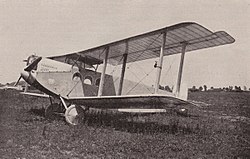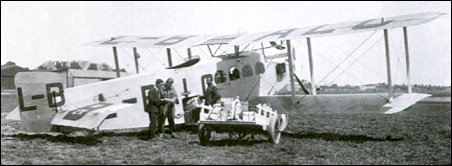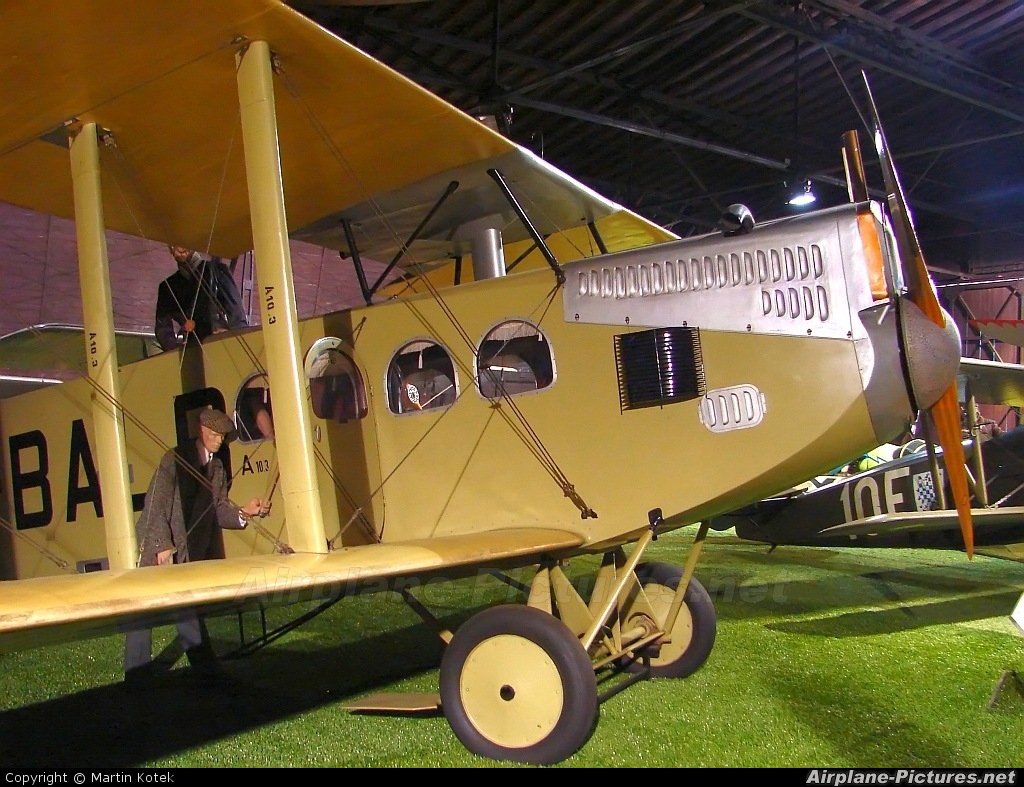Aero A.10
The Aero A -10 was the first aircraft to the Czech company Aero Tovarna Letadel Dr. Kabe from Prague, which reached the production stage.
History
She was a sechssitziger biplane that was designed from the outset as a civil transport aircraft and, as such, was also used. Development work began in 1921 under the direction of Rudolf Blaser, a former designer for Gotha. His maiden flight of the prototype on January 3, 1922. The structure of the machine consisted primarily of wood with fabric covering. The upper wing had ailerons with large compensation areas and were supported with N- strut and the fuselage top. The strain with the lower wing was carried out by two pairs of stems. The deep hull could accommodate three to four passengers and a luggage compartment in the rear fuselage. The pilot sat in an open cockpit above the luggage compartment. Three windows on both sides of the fuselage ( this applies to the first two machines, the following had four windows each side of the fuselage ) provided the passengers light, but a limited view to the outside, as they were in the area of the lower wing. Was powered by a six-cylinder in-line engine of the Maybach, the Maybach Mb IVa -. From this engine to a number of copies in Czechoslovakia, after the Austrians had left the country after the First World War were.
A total of five aircraft were produced, a prototype and four production aircraft. They arrived at the Czechoslovak CSA Airlines from 1923 on the route Prague - Bratislava used.
In December 1922, an A -10 reached 500 kg payload a height of 5800 m, which in those days was a new record.






.jpg)



